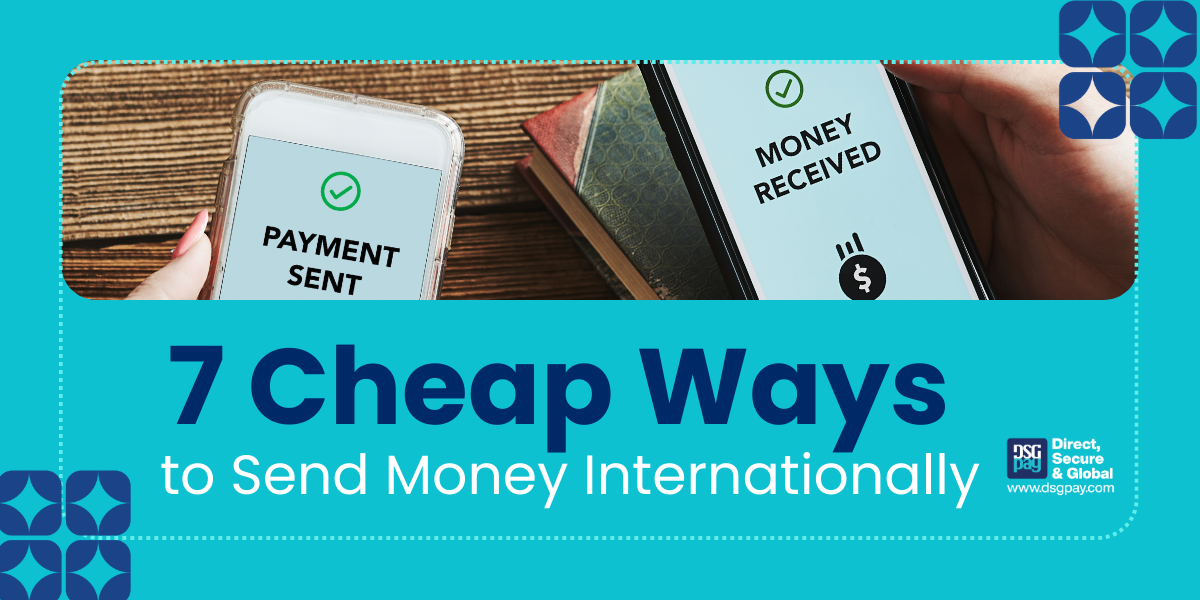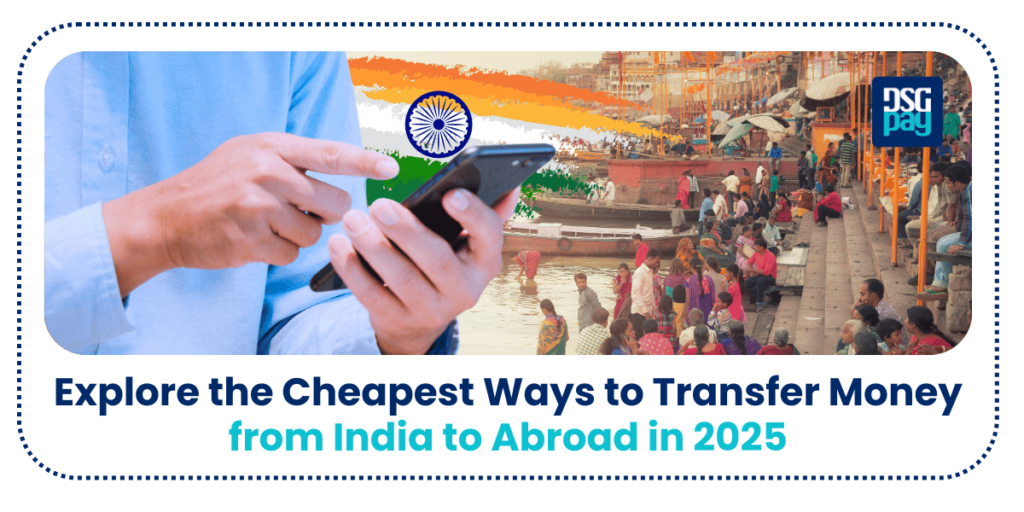International money transfers can often feel complicated and expensive, leaving you searching for cheap ways to send money internationally. You may face challenges like hidden fees, unpredictable exchange rates, and complicated processes. These issues can make international transfers more expensive than anticipated, causing stress and uncertainty.
In a year, £187 billion was lost globally to hidden cross-border fees, making these transfers far more expensive than anticipated and causing stress and uncertainty. Whether you’re making regular payments or a one-time transfer, understanding how to minimize costs while ensuring speed and security can save you a significant amount of money over time.
In this article, we’ll uncover 7 cheap ways to send money internationally. With these options, you’ll be better equipped to manage transfers efficiently and avoid hidden costs.
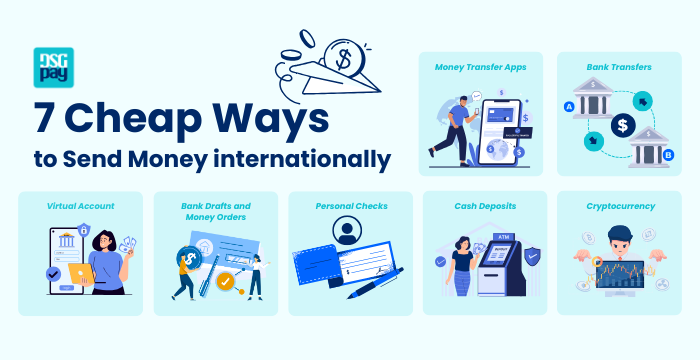
1. Money Transfer Apps
Money transfer apps have become one of the most convenient and cheap ways to send money internationally. These platforms are designed to offer competitive exchange rates and lower transaction fees than traditional banking methods, making them one of the most cost-effective ways to send money internationally.
These digital transfer services are, on average, around 3.5% – 4% cheaper than traditional bank transfers, offering better exchange rates and more transparent fee structures.
The following table provides an overview of several popular money transfer apps, comparing their coverage, transaction limits, speed, fees, and payment methods to help you choose the best option for your needs.
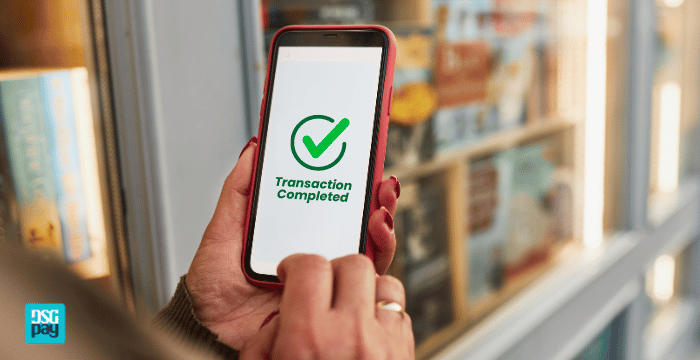
2. Virtual Account
A virtual account is a modern, flexible tool for sending money internationally at lower costs. It is a digital sub-account, allowing you to send, receive, and hold multiple currencies without needing a physical presence abroad.
Virtual accounts are particularly useful for individuals, freelancers, and businesses that need to manage cross-border payments more efficiently.
Compared to traditional bank transfers, they offer lower fees, better exchange rates, and faster settlement times. Plus, they reduce the need for intermediaries, minimizing hidden charges.
How to Send Money Internationally with a Virtual Account:
- Open a Virtual Account: Set up an account with a licensed provider that offer multi-currency virtual accounts.
- Add Funds: Deposit money into your virtual account using local payment methods, wire transfers, or other supported funding options.
- Send Money: Use the platform’s online dashboard to send funds directly to overseas recipients in various currencies, often with competitive exchange rates and low transfer fees.
- Local Payouts: Some virtual account services even offer local payout solutions, enabling you to send money as if you were transferring domestically in the recipient’s country.
Virtual accounts combine affordability, convenience, and security, making them one of the cheap ways to send money internationally without the high costs and delays associated with traditional banks.
3. Bank Transfers
Bank transfers are another option for sending money internationally and can be done affordably when consulting your bank. Most banks use the SWIFT network and IBAN codes to facilitate these transactions, ensuring that funds are transferred securely.
Wire transfer fees generally range from $0 to about $50, depending on the bank and service type. Some banks also offer specialized services or partnerships with foreign banks that may help reduce costs and expedite transfers. The median wire transfer fee for the institutions surveyed is $15 for incoming domestic wire transfers, $25 for outgoing domestic wire transfers, $15 for incoming international wire transfers, and $45 for outgoing international wire transfers.
4. Cryptocurrency
Cryptocurrencies have transformed international money transfers by providing faster and cheaper alternatives to traditional banking. Cryptos like Bitcoin, Ethereum, and stablecoins (e.g., USDT) allow users to bypass intermediaries, significantly reducing transaction fees and speeding up transfers. Users can send and receive funds within minutes using blockchain technology, making it one of the most efficient methods for cross-border transactions and cheap ways to send money internationally.
How to Send Money Internationally with Cryptocurrency
- Choose a Cryptocurrency: Select a suitable cryptocurrency like Bitcoin, Ethereum, or stablecoins (e.g., USDT) based on your needs and fees.
- Set Up a Wallet: Obtain a crypto wallet (e.g., MetaMask, Trust Wallet) to store and manage your assets securely. You can also use a hardware wallet for added security.
- Buy Cryptocurrency: Purchase your chosen cryptocurrency from a regulated exchange.
- Initiate the Transfer: Use your wallet to enter the recipient’s wallet address and the amount to send. Confirm the transaction and the funds will be transferred over the blockchain network.
- Recipient Receives Funds: The recipient’s wallet reflects the transferred funds almost instantly, allowing them to convert it back to fiat currency if needed.
Source: CoinRemitter
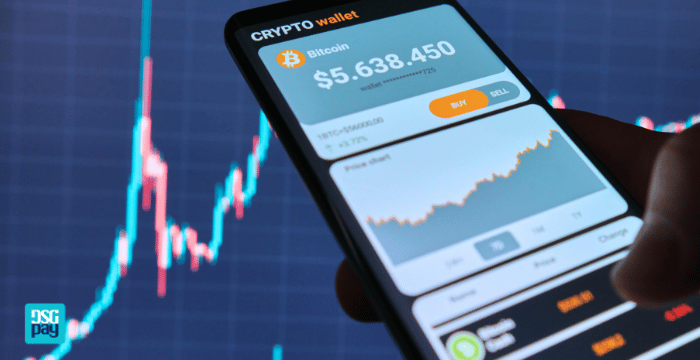
5. Bank Drafts and Money Orders
Bank drafts and money orders are traditional methods for sending money internationally, offering a secure way to transfer funds. These options are ideal for those who prefer not to use digital platforms or do not have access to online banking services.
Bank Drafts
A bank draft is a payment instrument issued by a bank, guaranteeing that the amount will be paid upon presentation. It’s a secure method, as the bank verifies the funds before issuing the draft.
Bank drafts typically have fees ranging from $5 to $25, depending on the bank and the amount being transferred, making them a practical choice for those needing to send larger sums. However, they are often mailed so that processing times can be longer than for digital transfers.
Money Orders
You can buy money orders from banks, post offices, and retail locations such as grocery stores and drugstores. They are widely accepted and can be cashed or deposited at
Money orders are ideal for those without checking accounts or for sending funds internationally. Although there is a fee for buying a money order, it’s generally a small fraction of its value. The U.S. Postal Service charges $2.35 for money orders up to $500 and $3.40 for those between $500.01 and $1,000, with special reduced fees available at military postal service locations.
6. Personal Checks
A personal check is a paper-based payment method drawn directly from your checking account, allowing you to transfer funds to a recipient. It includes your account and routing numbers and acts as a promise that funds will be available when the recipient cashes it. While personal checks are slower and less commonly used than digital transfers, they are still considered a cheap way to send money internationally, especially for specific transactions like paying rent or securely mailing money.
The cost for a box of checks typically ranges between $5 and $15, with additional expenses for envelopes and stamps. Some banks may even provide a free first box of checks as part of their checking account services, making it an affordable option for those who prefer traditional methods over digital transfers.
7. Bank Deposit
A bank deposit is a secure and straightforward method for transferring money internationally, ideal when both the sender and recipient have accounts at the same or partner banks. This process involves directly depositing funds into the recipient’s account using their bank details.
While convenient, international bank deposits may incur fees ranging from $10 to $50, depending on the banks and countries involved. Processing times can vary, often taking a few business days. Despite potential delays and currency conversion fees, bank deposits provide a reliable option with a clear transaction record.

DSGPay Virtual Accounts: The Smart Way to Send Money Internationally
We’ve explored several cheap ways to send money internationally and if you’re looking for a solution that combines affordability, speed, and flexibility, a DSGPay Virtual Account is one of the best options available.
Virtual accounts allow you to manage international transfers efficiently, perfect for individuals, freelancers, and businesses who need fast and cost-effective global payment solutions.
Why DSGPay Virtual Accounts are a smart choice:
- Multi-Currency Support: Hold and manage USD, EUR, GBP, HKD, and other major currencies from a single account.
- Local Collection and Payout Options: Send and receive payments like a local across Asia, Europe, the UK, and the USA, cover both Business-to-Business (B2B) and Consumer-to-Business (C2B) transactions.
- Licensed and Regulated: DSGPay operates under strict regulatory licenses in Hong Kong (MSO) and Australia (AUSTRAC) to ensure your security.
- Fast and Secure Transfers: Move money quickly and reliably through trusted global networks like SWIFT.
- Support for Global and Exotic Asian Currencies: We provide extensive currency support, not only for major global currencies like USD, EUR, and GBP but also for a wide range of exotic Asian currencies.
If you want a smarter, faster, and cheaper way to manage your international money transfers, DSGPay Virtual Accounts offer the perfect solution.
